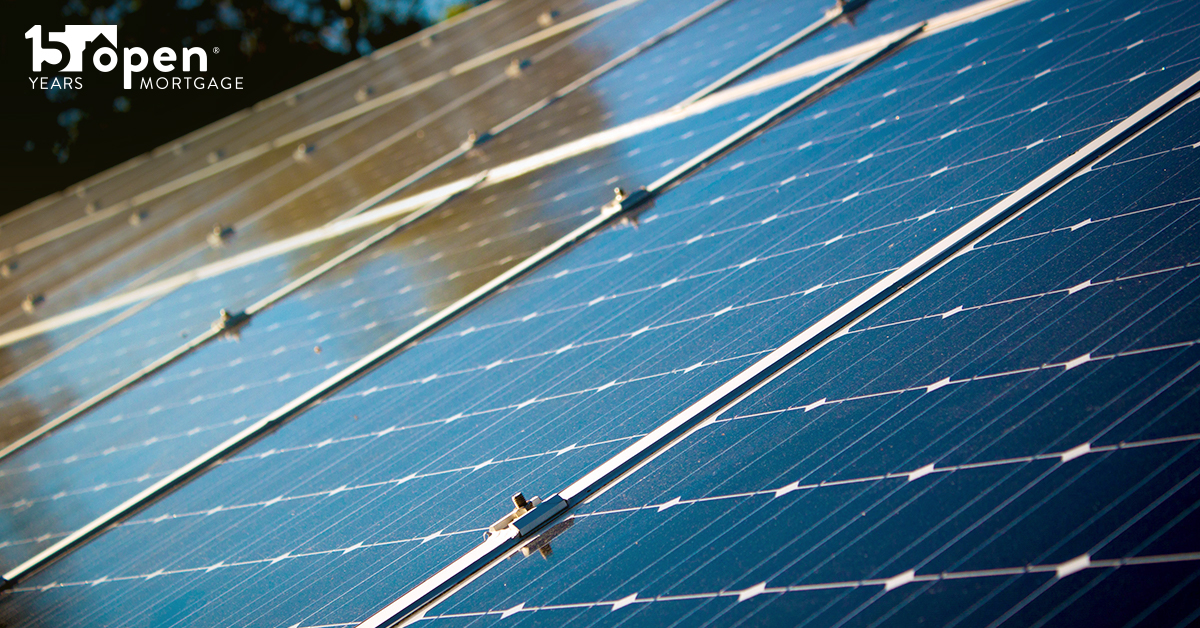
Make Your Home as Eco-Friendly As You Are
We all know someone that puts an enviable amount of energy into making the planet a better place, and hey, maybe that’s you! The good news is, no matter where you lie on the spectrum of green living, there are simple ways just about anyone can make their home more eco-friendly. In many cases, going green can save you money in the long run, plus there may be mortgage options that can help you pay for the upgrades. Homestyle and 203k loans both offer energy efficiency incentives.
Here, we offer a few options courtesy of Clare McNamara, MSE, Mechanical Engineering from the University of Michigan, who is passionate about making old homes more energy efficient and writes at buildingearth.net.
Insulation
One of the first things homeowners can do to help themselves and the planet is to assess whether their insulation needs an upgrade. McNamara says, “Adding more insulation to your house will keep heat in during the cold months, and keep heat out during the hot months. Check out the amount of insulation in your attic or crawl space” to see if you can benefit from more. Your local home improvement store will have specific prices, but blown in insulation in the U.S. costs about $1500 on average. Other options for insulation include foam and spray.
Heating and Cooling
It sounds obvious, but if you’re not already running high efficiency heating and cooling systems, the first step is to update your models. The cost of new systems, while pricey, can be offset by long-term energy savings. McNamara notes that the units shouldn’t be the only focus: servicing your duct work will help make sure “the warm or cool air is actually moving to where you want it to go, rather than leaking out along the way.” Additionally, newer water heater models such as tank-less or gas condensing models can save considerable amounts of energy. Upgrading to energy efficient models for central air, furnace, and water heater will total $6000-$7000 on average.
Windows
Heating and cooling create some of the biggest energy costs for a home, so McNamara notes that “having windows that are well sealed and insulated can go a long way to lowering the carbon footprint of a house.” New energy efficient windows will be ENERGY STAR rated, which means the government approves the product. Assuming standard window size, upgraded windows can cost about $500-$700 each.
Solar power
If you’re hoping to power your home with solar panels, it’s important to consider the variables that could lead to pricey installation costs. These costs are directly related to how many solar panels are required, which is based on how much power your home needs, and how much sunlight you can expect in your area. An average American household uses 897 kWh (kilowatthours) per month. Before you take the leap from idea to installation, McNamara says to “first do everything possible to lower the amount of electricity your home uses…especially the washer, dryer and water heater.”
Ready to upgrade? Let us help you help the planet. Give us a call to talk to a Loan Originator about eco-friendly mortgages today.
 Search
Search




